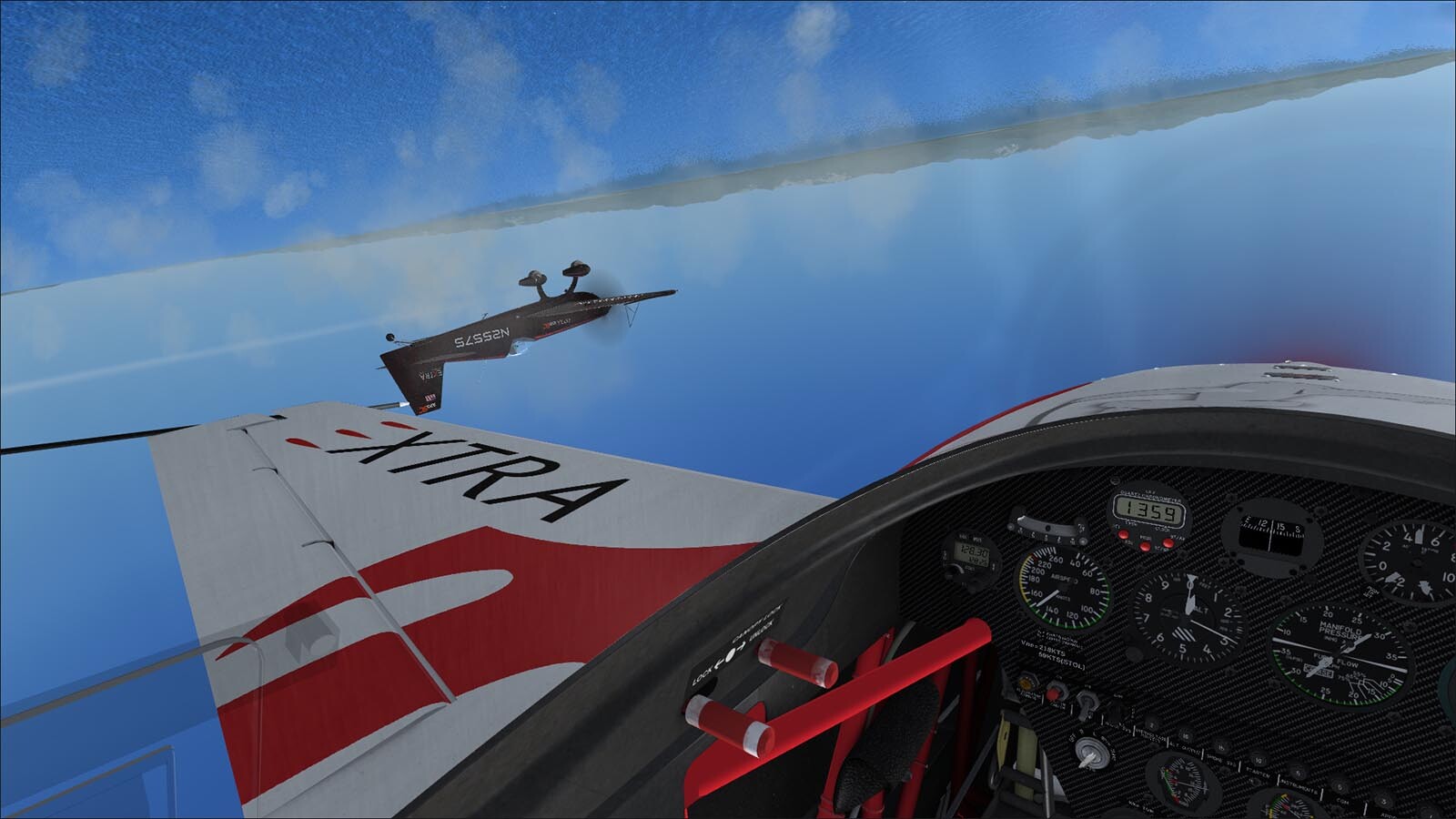

- #Microsoft flight simulator x vs steam edition upgrade
- #Microsoft flight simulator x vs steam edition software
- #Microsoft flight simulator x vs steam edition series
More noticeable improvements included the use of digital audio for sound effects, custom cockpits for each aircraft (previous versions had one cockpit that was slightly modified to fit various aircraft), and better graphics. The coordinate system introduced in Flight Simulator 1 was revamped, and the scenery format was migrated from the old SCN/SC1 to the new and more complex BGL format. Improvements were made to the included aircraft models, the weather system's realism, and artificial intelligence. The bundled scenery was expanded (now including parts of Europe). This also made all add-on scenery and aircraft for the previous versions obsolete, as they would look out of place. This allowed FS5 to achieve a much higher degree of realism than the previous flat-shaded simulators.
#Microsoft flight simulator x vs steam edition series
Scenery files produced by Sublogic could also be used with FS4, including Sublogic's final USA East and West scenery collections.įlight Simulator 5.0 − Released in late 1993įlight Simulator 5.0 is the first version of the series to use textures. Other add-on products (most published by Mallard Software) included: The Scenery Enhancement Edition (SEE4), which further enhanced SC1 files and allowed for AF objects to be used as static objects within SEE4 Pilots Power Tools (PPT), which greatly eased the management of the many aircraft and scenery files available and finally, a variety of new primary scenery areas created by MicroScene, including Hawaii (MS-1), Tahiti (MS-2), Grand Canyon (MS-3), and Japan (MS-4). Using a simple language, a user could design and compile a script that could access such things as aircraft position, airspeed, altitude, and aircraft flight characteristics. The other component of AAF was the Adventure module. Once the shape was created and colors assigned to the various pieces, it could be tied to an existing saved flight model as was designed in the Aircraft Designer module. The first, the Aircraft Factory, was a Windows-based program allowing custom design aircraft shapes to be used within FS4 utilizing a CAD-type interface, supported by various sub menu and listing options.
#Microsoft flight simulator x vs steam edition upgrade
As with ASD, the SGA upgrade also came with some additional aircraft designed by BAO, including an Ultra-light.Īnother addition was known as the Aircraft Adventure Factory (AAF), which had two components. A variety of high resolution modes also became available for specific types of higher end video cards and chipsets, thus supplying running resolutions up to 800 × 600.
#Microsoft flight simulator x vs steam edition software
Mallard Software and BAO released the Sound, Graphics, and Aircraft Upgrade (SGA), which added digital and synth sound capability (on compatible hardware) to FS4. ASD provided additional aircraft including a Boeing 747 with a custom dash/cockpit (which required running in 640 × 350 resolution). Also, with the provided Aircraft Designer Module, the user could select one of two basic type aircraft frames (prop or jet) and customize flight envelope details and visual aspects. This allowed FS4 users to build custom scenery units known as SC1 files which could be used within FS4 and traded with other users. First from Microsoft & the Bruce Artwick Organization (BAO) came the Aircraft and Scenery Designer (ASD) integration module. Like FS3, this version included an upgraded converter for the old Sublogic Scenery Disks into SCN files.Ī large series of add-on products were produced for FS4 between 19. The basic version of FS4 was available for Macintosh computers in 1991. These included improved aircraft models, random weather patterns, a new sailplane, and dynamic scenery (non-interactive air and ground traffic on and near airports moving along static prerecorded paths). Version 4 followed in 1989, and brought several improvements over Flight Simulator 3. Allowed users to design their own aircraft. Sublogic flight simulators First generation (Apple II and TRS-80) įS 4.0 – Now with dynamic scenery, more detailed roads, bridges, and buildings. 4 Products based on the Flight Simulator X codebase.2.12.2 Flight Simulator X: Steam Edition (Dovetail Games).2.12.1 Flight Simulator X: Acceleration.2.11 Flight Simulator 2004: A Century of Flight.1.3 Third generation (Amiga, Atari ST, and Macintosh).1.2 Second generation (Tandy Color Computer 3, Apple II, Commodore 64, and Atari 8-bit).1.1 First generation (Apple II and TRS-80).


 0 kommentar(er)
0 kommentar(er)
